This installment in the series will be a special one for a couple of reasons. First off, this is not a CD that I or my family originally owned. Unlike the CDs in the previous two installments and the ones I intend to cover in the future, I snagged this one from a college professor who was cleaning out his office.
Second, this is not a CD at all, because the Fall ’93 Macintosh Promo CD (barcode T0592LL/A, catalog number 9140864 on the spine) is actually two CDs (CDAC-043300 and CDRM-1094130).
Walk with me, I’ll explain everything on the way.

The Fall ’93 Macintosh Promo CD was bundled with the AppleCD 300 and 300i CD-ROM drives, as a demonstration of their capabilities. As such, the packaging insists several times that the content “has been formatted to run exclusively on the AppleCD 300 or 300i CD-ROM drive,” or was “designed to run exclusively,” and so on.
The cardboard slipcase opens up to reveal a CD on either side, so let’s start with the first. Disc One: a way-cool experience for the eyes and ears. contains four music tracks, playable in any CD player, as well as a data track with six music videos and three computer-generated animations created by college students. The disc also contains a readme file and standalone Director application for navigating the videos. The full tracklists, reproduced from the disc’s enclosure, are:
Music Videos
- “10 X 10” (by 808 State) [3:35]
- “Cantaloop” (by US3) [3:41]
- “Take Me Anywhere” (by School of Fish) [4:03]
- “I Wonder” (by Blind Melon) [4:25]
- “What’s the Flavor” (by Young MC) [3:42]
- “Creep” (by Radiohead) [4:01]
Audio Only
- “No One” (by I Mother Earth) [6:56]
- “Swang da Funk” (by New Version of Soul) [4:20]
- “Mindstream” (by Meatbeat Manifesto) [3:39]
- “Sound” (by Wombat) [2:59]
Animation Clips
- “Ryu” (produced by Sheridan College) [1:50]
- “Je Ne Vaincu Rien” (produced by Texas A&M) [1:25]
- “Mimesis” (produced by Texas A&M) [1:55]
I retained a few typos in the tracklists, such as “Meatbeat Manifesto” (the group’s name is usually spelled “Meat Beat Manifesto”). I was unable to find any information on the group who performed the final track, Wombat, besides what was printed on the packaging: “Wombat appears courtesy of American Empire Records.” Even searching for the lyrics didn’t turn up anything useful. The piece is a pretty typical punk rock tune, nothing particularly out of the ordinary.
Disc Two: a way-cool experience for the mind. contains a combined MSRP of $327 worth of free software. The four packages are:
 The American Heritage Dictionary
The American Heritage Dictionary
The American Heritage Electronic Dictionary (AHED) is a sophisticated reference and writing tool that works as a desk accessory, and is compatible with most Macintosh applications. Get quick and easy access to the rich, complete, and authoritative information contained in Houghton Mifflin’s popular American Heritage Dictionary as well as the complete Roget’s II Electronic Thesaurus.
I know Apple bundled this particular dictionary software with at least one model of computer, because one of our machines had it installed. I can’t remember which one it was, but given this CD is from 1993, I’d guess it was the Centris 610.
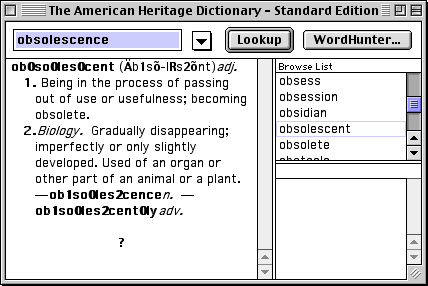
Not really a whole lot to talk about this one, really. It’s just a dictionary and thesaurus. The garbage characters are rendered because I didn’t install the special font containing the characters for the interpuncts and phonetic symbols.
 ResuméWriter
ResuméWriter
Now you can create typeset-quality resumes that can be customized to your personal specifications. Using the same information, several different types of resumes can be generated, each with a unique appearance and style. Simply type your resume information into the custom-designed windows and ResuméWriter does the rest.
The bizarre icon that doesn’t seem to have anything whatsoever to do with the program makes more sense when you know the product was developed by Bootware Software Company, Inc.
I apologize for the cropping of the following screenshot. The program wouldn’t allow me to move or resize the window, and the default position of the top left corner was several pixels beyond the edge of my monitor, so I couldn’t capture the whole thing.
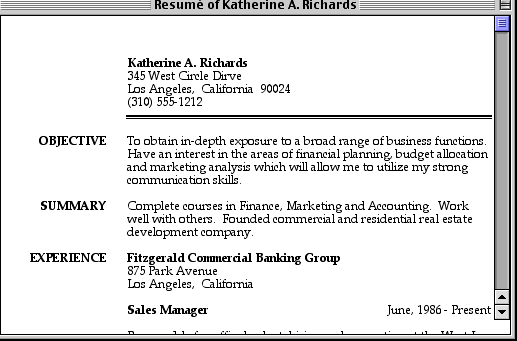
The typo in the street name, “Dirve” instead of “Drive,” is there in the sample document and not something I introduced.
 Correct Grammar 3.0
Correct Grammar 3.0
Rated best grammar checker by MacUser magazine, Correct Grammar instantly corrects errors in grammar, usage, style, punctuation, and spelling. It contains the largest dictionary–135,000 words–of any grammar checker. Works with all Macintosh software.
This program is actually pretty cool. It works reasonably well and is able to read text data from a bunch of different formats, including the clipboard. It even has a system for adding your own rules. For example, if you’re Californian, it provides a few sample corrections for your dialectal idiosyncrasies:
# This Rule Type, in addition, offers specific advice on how to fix # the problem. # EM1 and EM2 appear in the message box. EM3 is in the Tutorial. RULETYPE 2 = CALIFORNIASPEAK EM1 = “Consider ALT1 instead.” EM2 = “This phrase is a California stereotype.” EM3 = “This construct was popular in California in the 70’s.\L It is now considered obsolete.” # This defines a rule that replaces “create space” # with “make it possible” RULE create* {the|some} \space CALIFORNIASPEAK 1 ALT1 = “make it possible” # This replaces “what I need from you is” with “I need” RULE what I \need from you is CALIFORNIASPEAK 2 ALT1 = “I need”
For kicks, I ran the program on my previous post. Thankfully, it didn’t identify any glaring grammatical errors, but it did flag the two sentences that start with the word “and” (done intentionally for effect, I assure you) and the two verb phrases I wrote in the passive voice. It pointed out a few places where I may have meant to use a similar-sounding word (I did not), and even noted that the sentence starting with “A garage computer kit manufacturer” is rather long and so potentially confusing.
Coolest of all, after it’s worked its magic, it provides a readability analysis, summarizing the errors and calculating a few readability metrics. Here’s the analysis of that post:
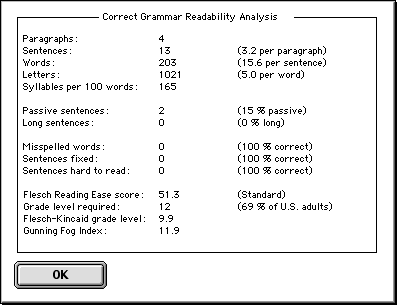
Infodesk–The Random House Encyclopedia
This vast reference tool combines the latest in electronic information retrieval technology with a best-selling reference source. It contains a treasure of information with more than 20,000 entries on all major areas of knowledge, broken down into nine categories: Geography, History, Philosophy/Religion/Mythology, Social Science, The Arts, Science, Sports & Leisure, Law, and Government.
Unfortunately, I couldn’t get this program to run on my computer. To make it up to you, here’s a scan of the back of the slipcase. May it bring you hours of entertainment:
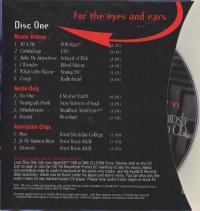
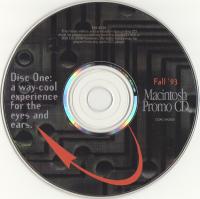
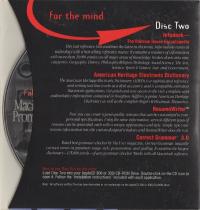
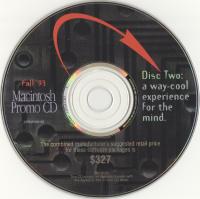
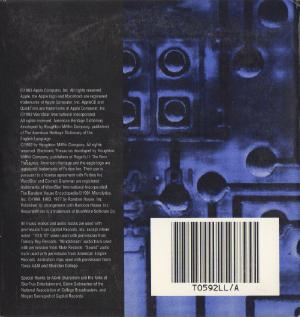
Post a Comment